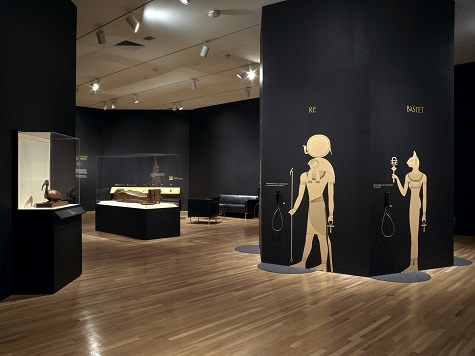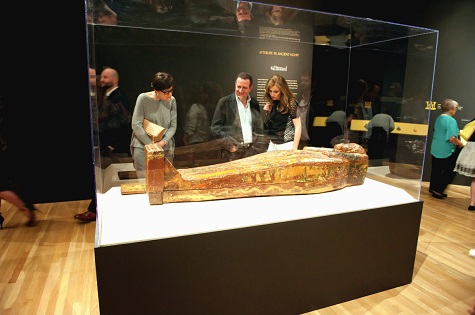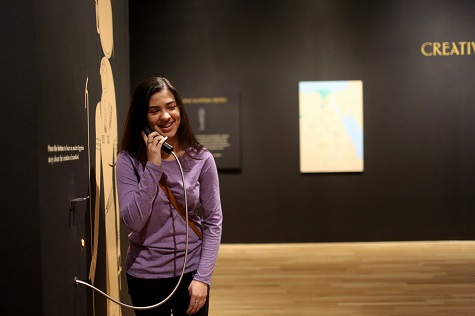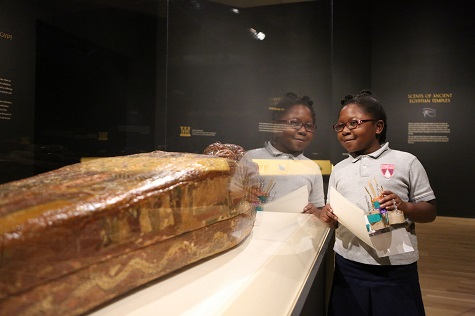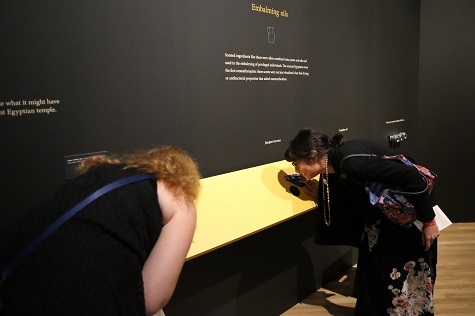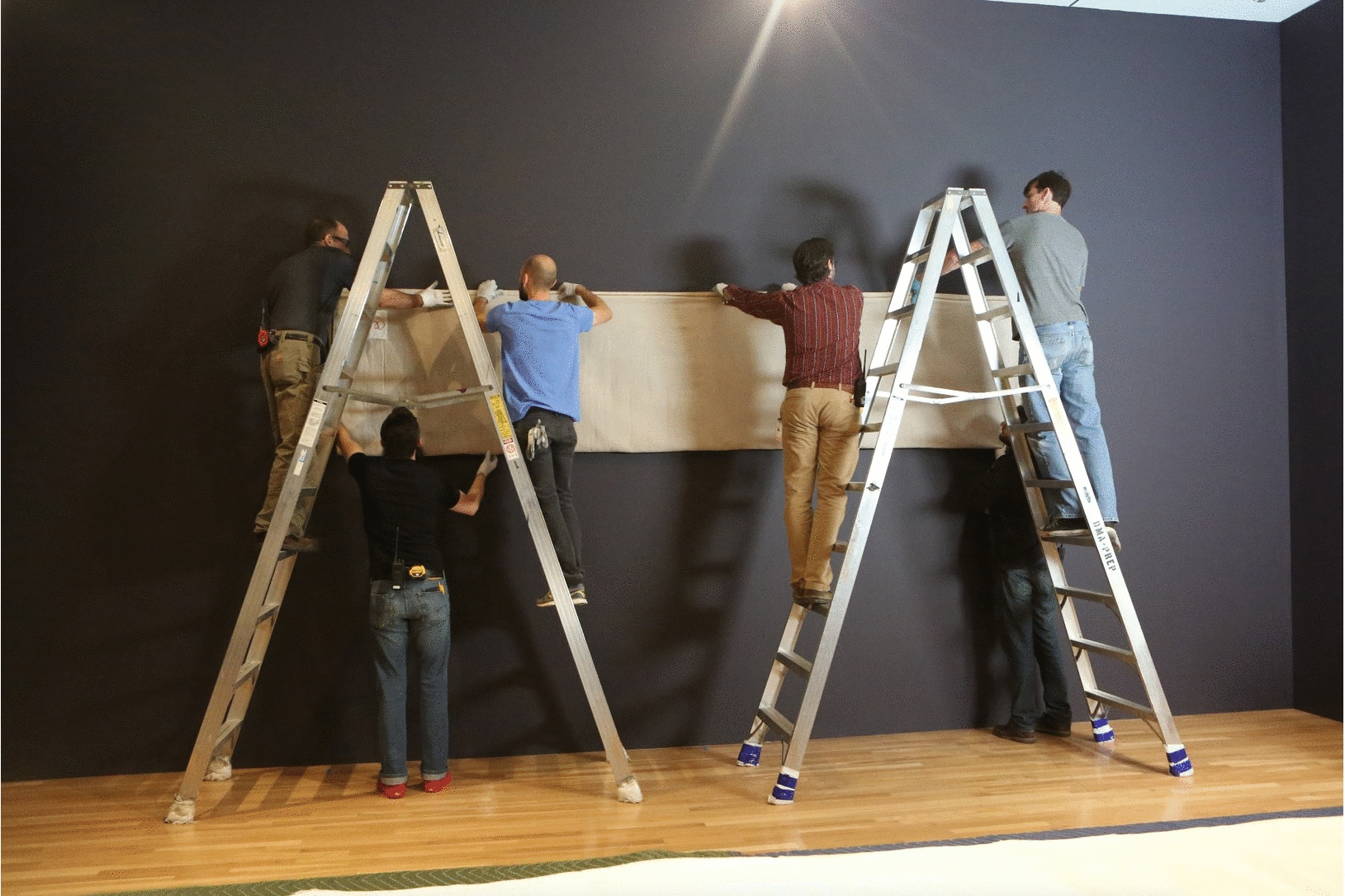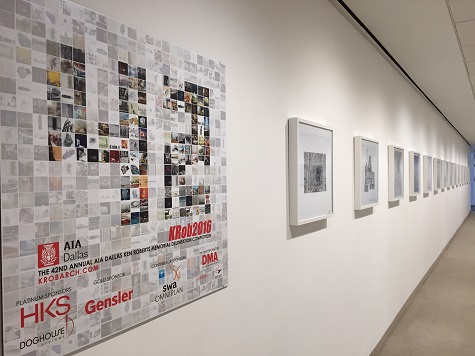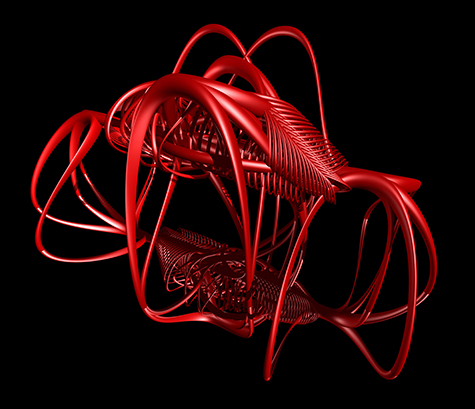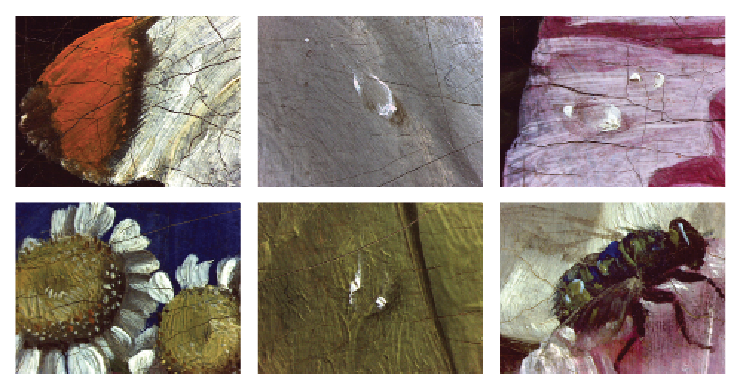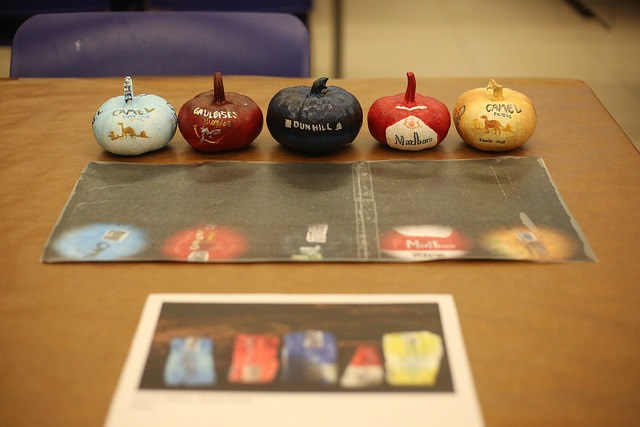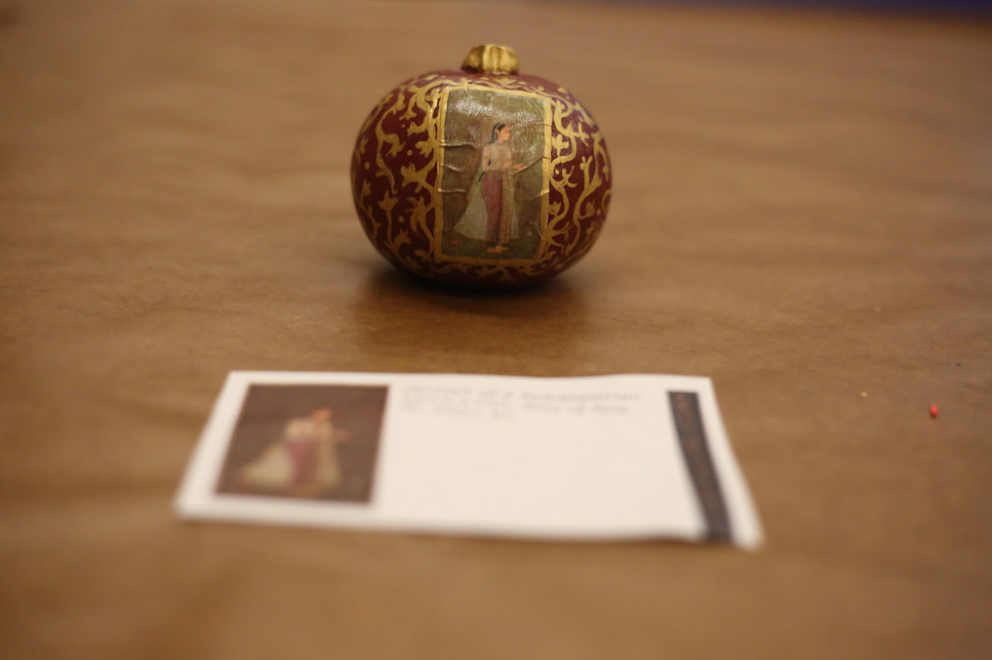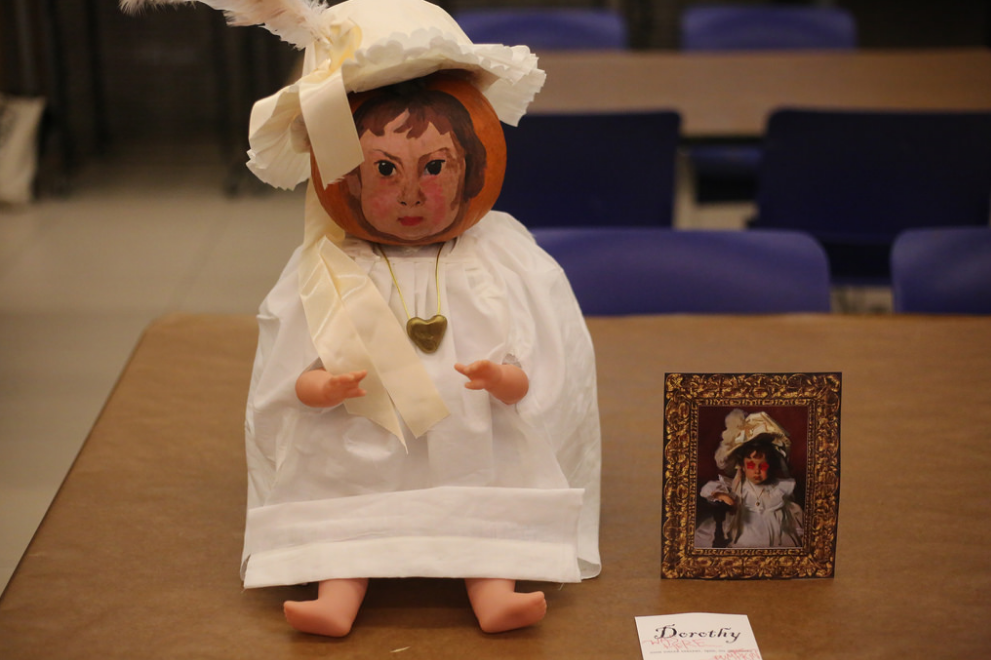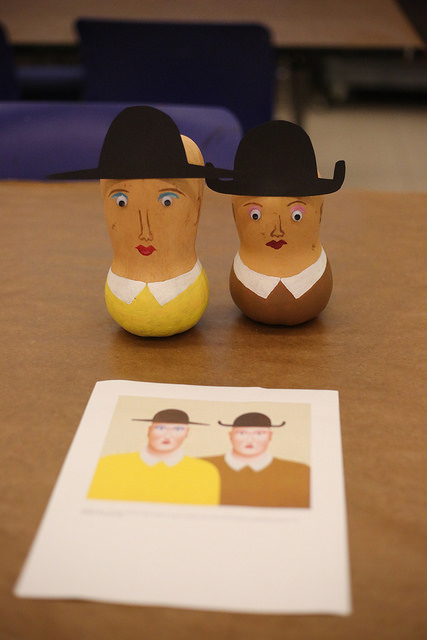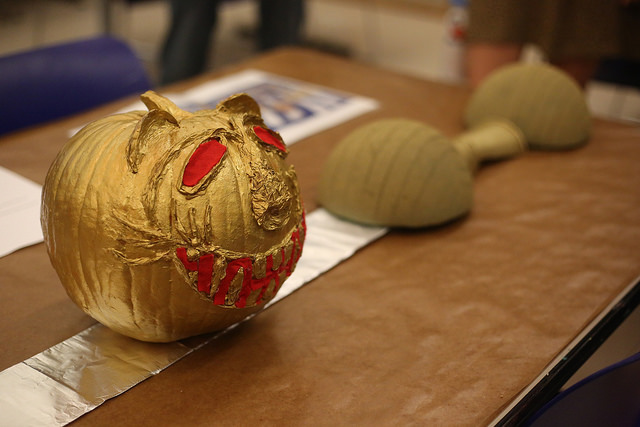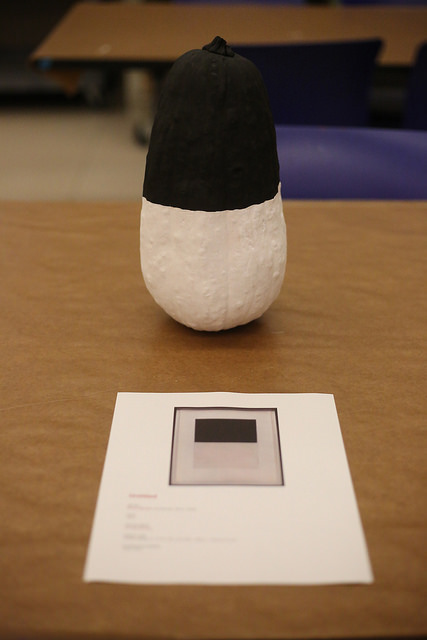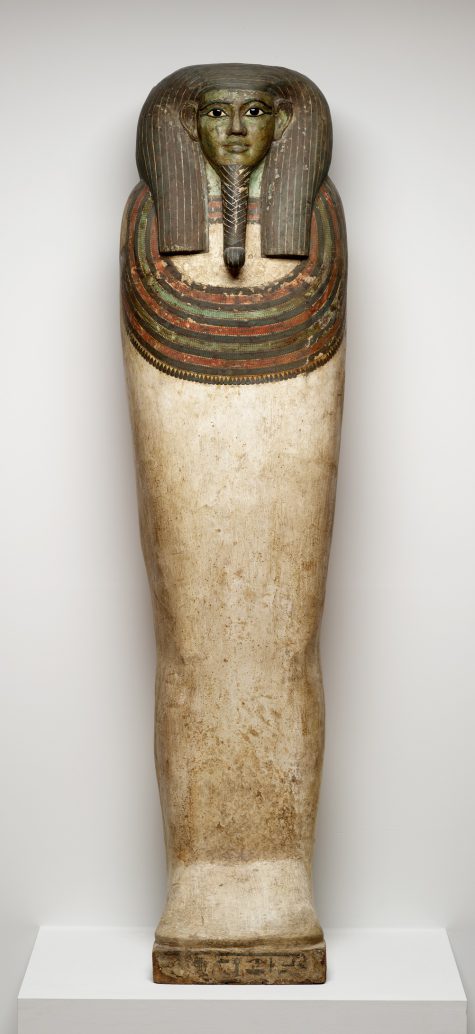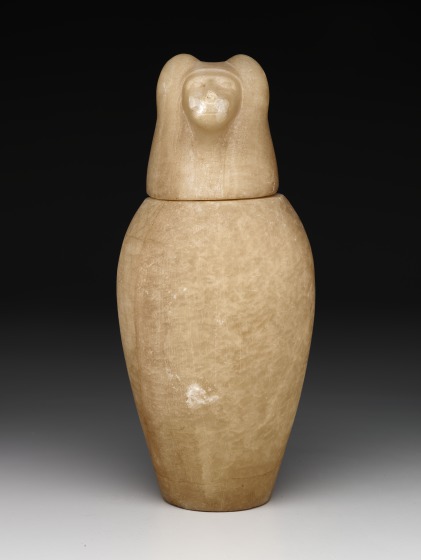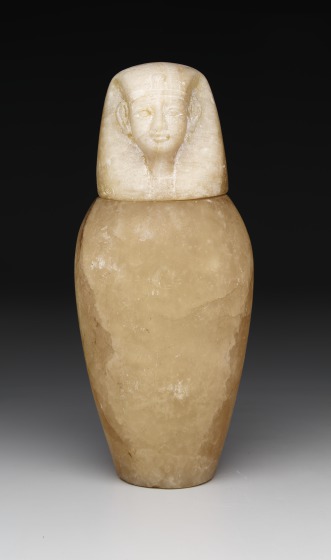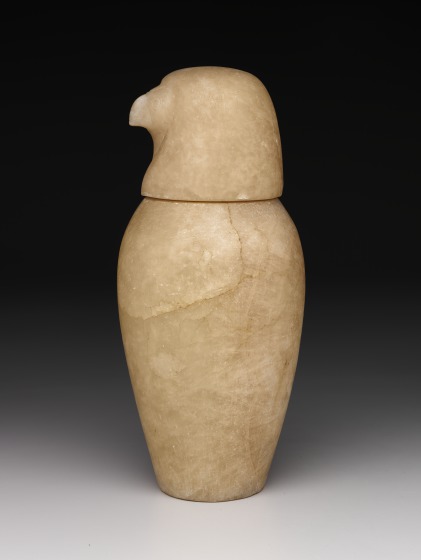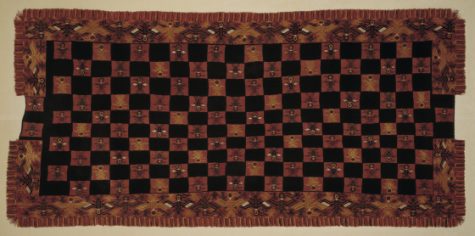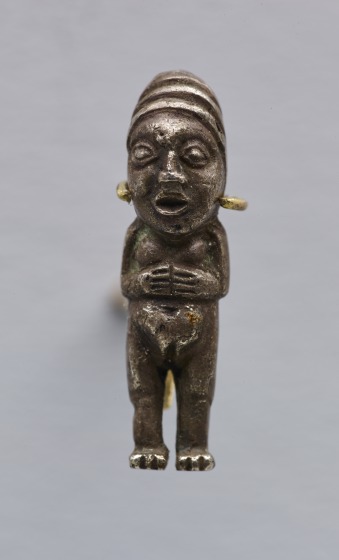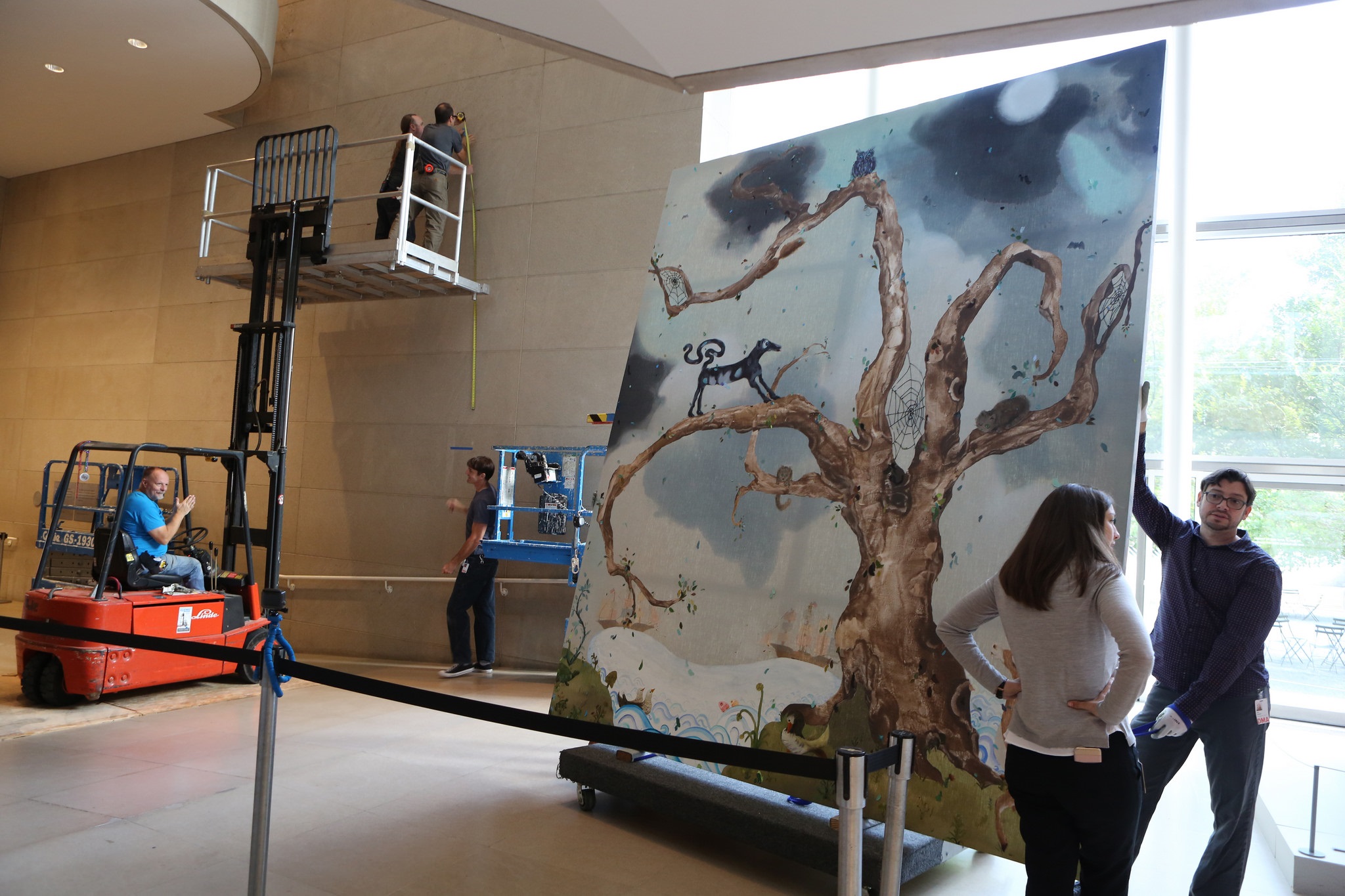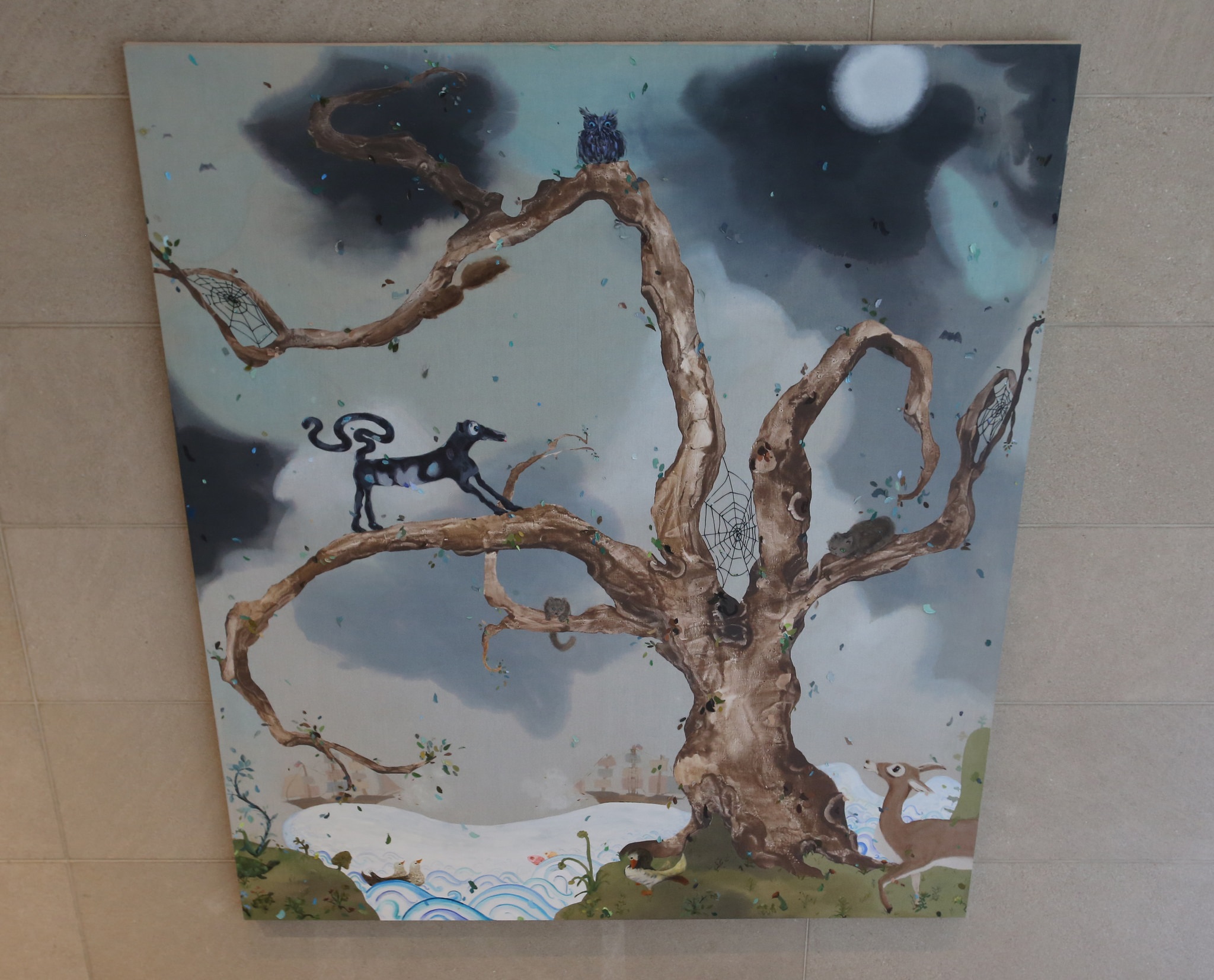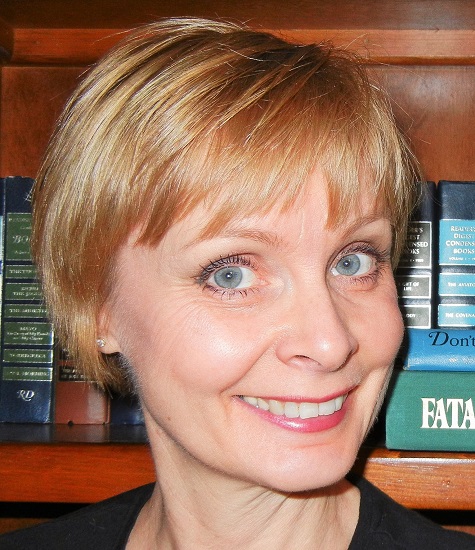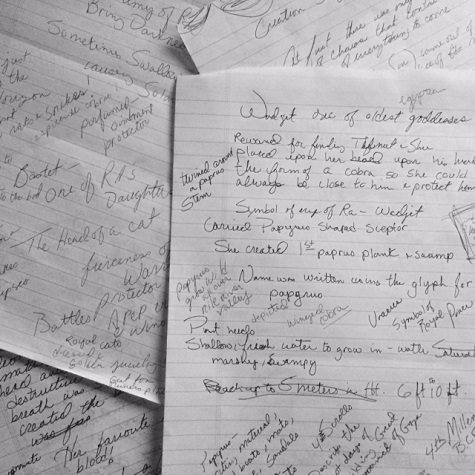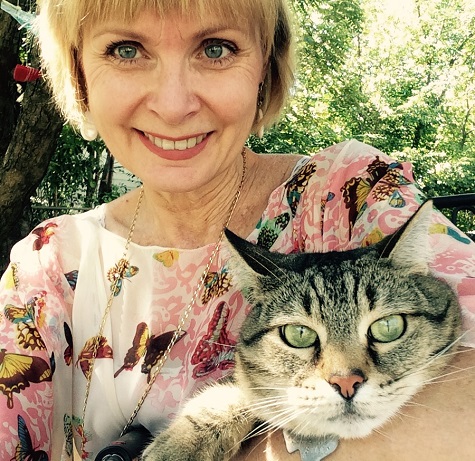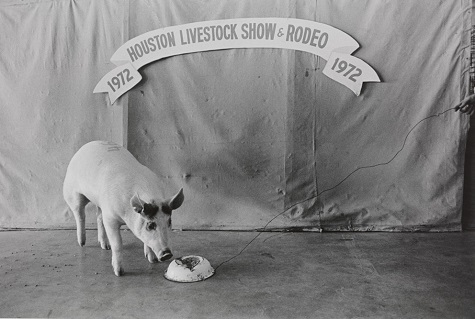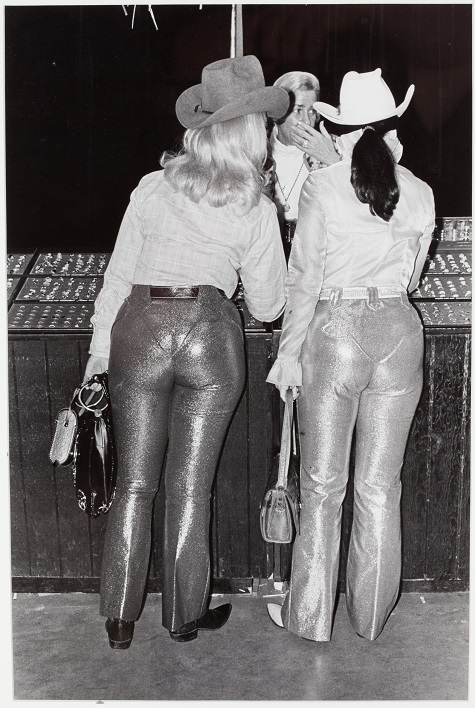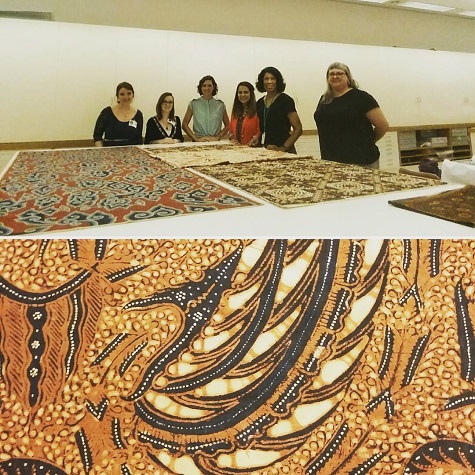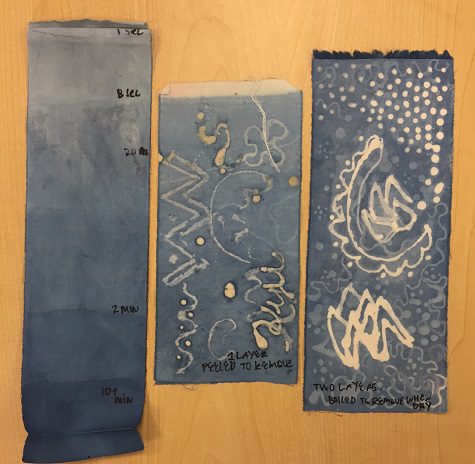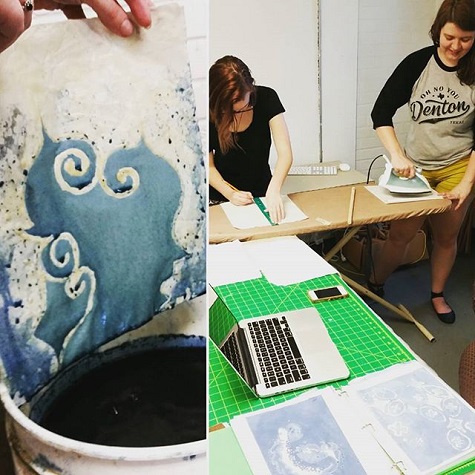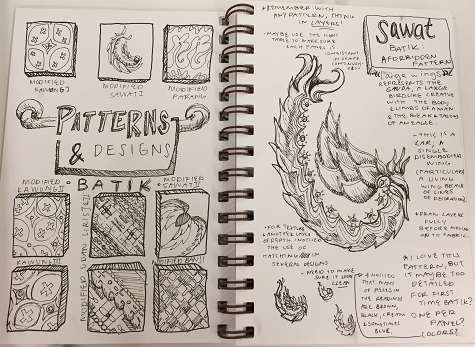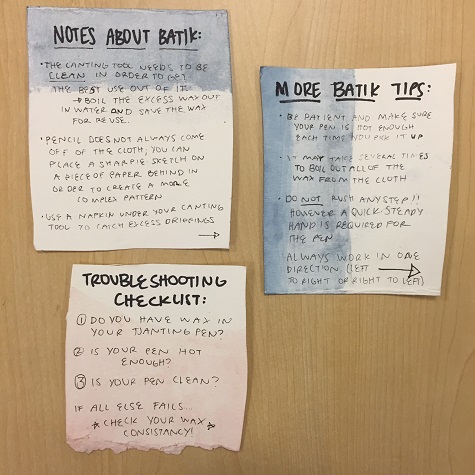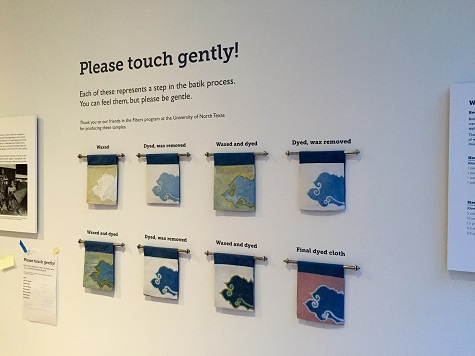At the DMA, you can currently visit Divine Felines: Cats of Ancient Egypt, featuring works from the extensive holdings of the Brooklyn Museum. The appeal of an exhibition about both cats and ancient Egypt seemed like the perfect opportunity for the DMA to experiment with a multisensory interpretive space within an exhibition setting, essentially creating a satellite, smaller-scale Center for Creative Connections (C3). While C3 is an experimental space focused on innovative and diverse ways of interpreting a selection of DMA artworks, the Divine Felines Creative Connections Gallery is intended to contextualize the exhibition through a variety of interpretive interactives. In this space, visitors can step up to a listening station and hear tales of the Egyptian deities, sniff incenses that would have filled ancient temples, or see a real mummy and watch a film about mummification.

This diagram shows the layout of the 1,600 square feet of gallery space at the back of the Divine Felines exhibition.
This educational gallery also provides DMA staff with insight into our visitors’ interests and preferences. The more we know about our visitors’ expectations and interests, the more equipped we are to provide them with meaningful gallery interactives. First, we keep track of the number of visitors who enter the Divine Felines Creative Connections Gallery and compare it to the total number of visitors to the exhibition. In October, nearly 70% of visitors to the exhibition entered the Creative Connections Gallery. And, interestingly, Thursdays saw the highest percentage of visitors entering the space.
Additionally, three days a week for two hours at a time, we observe visitors in the gallery to determine which activities they interact with and how long they engage within the space. To structure our observations, we created a tracking sheet (see image above) where we note participation in specific activities and the total duration of their visit to the space. Our system of tracking notes depth of engagement within an activity. For example, in relation to the short film about mummification we are curious to know if the visitor:
- Reads the label outside of the film room.
- Enters the film room.
- Sits down on the bench.
- Watches the whole film.
Finally, we ask half of the visitors we observe if they are willing to take a quick survey on an iPad. The questions we ask relate to visitors’ motivations for entering the educational space and what components visitors would like to see in future educational spaces.
So far, we’ve noticed a few interesting trends. In October, for example, the majority of observed visitors spent time looking at the mummy or Thoth sculpture and visited the scent bar. Here is the breakdown of how many visitors participated in each activity in October.

Other data points to date:
- Visitors spent an average of 10 minutes in the space.
- Over 70% of visitors entered the gallery with a group; 30% were alone.
- On average, visitors smelled 8 out of the 10 fragrances at the scent bar.
- On average, visitors listened to 2 out of the 5 stories at the listening station.
- Slightly more visitors picked up the all-ages self-guide than the family guide.
We would love your feedback, too. What educational tools would you like to see at the DMA?
Jessica Fuentes is the Manager of Gallery Interpretation and the Center for Creative Connections at the DMA. Andrea Severin Goins is the Head of Interpretation at the DMA.
